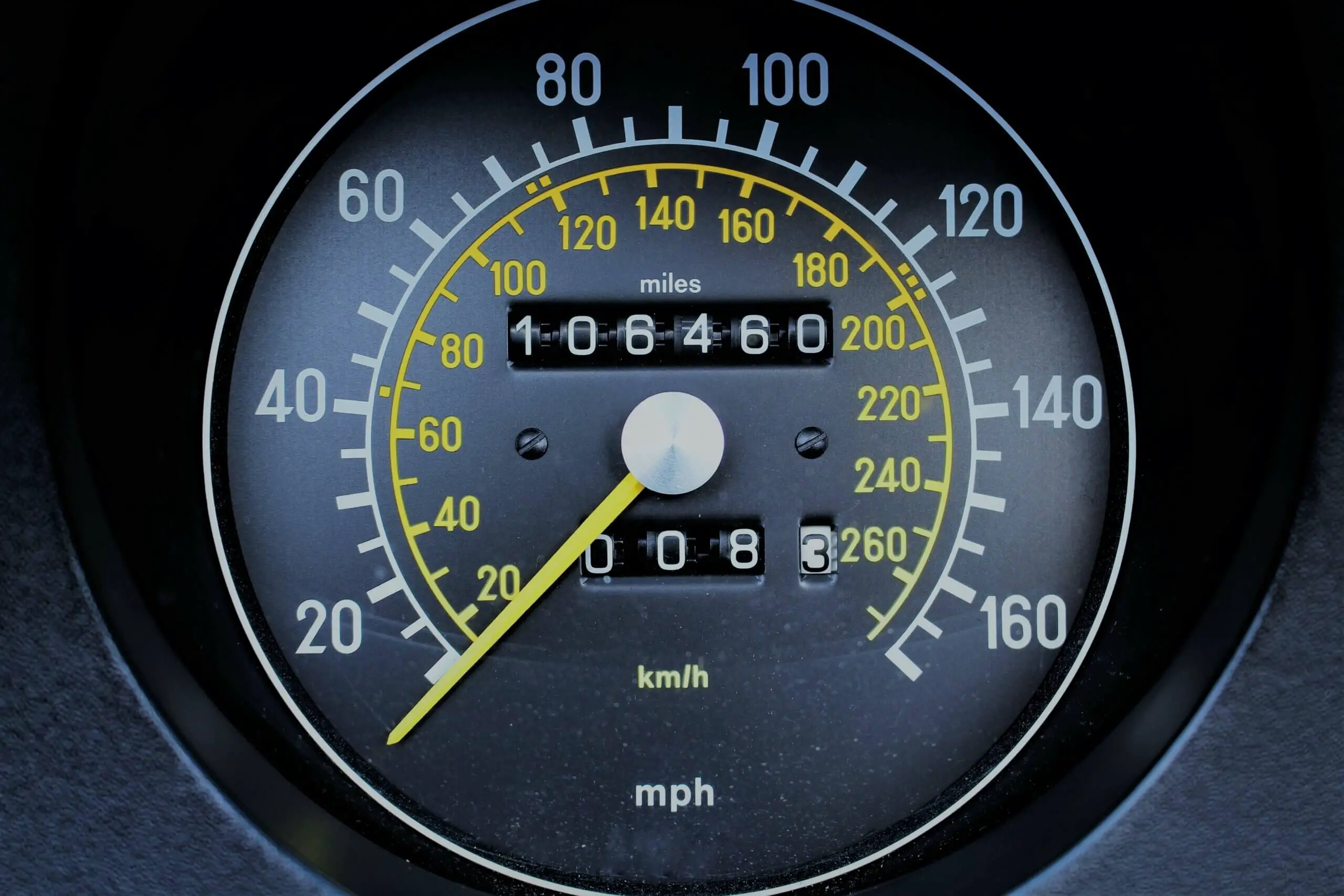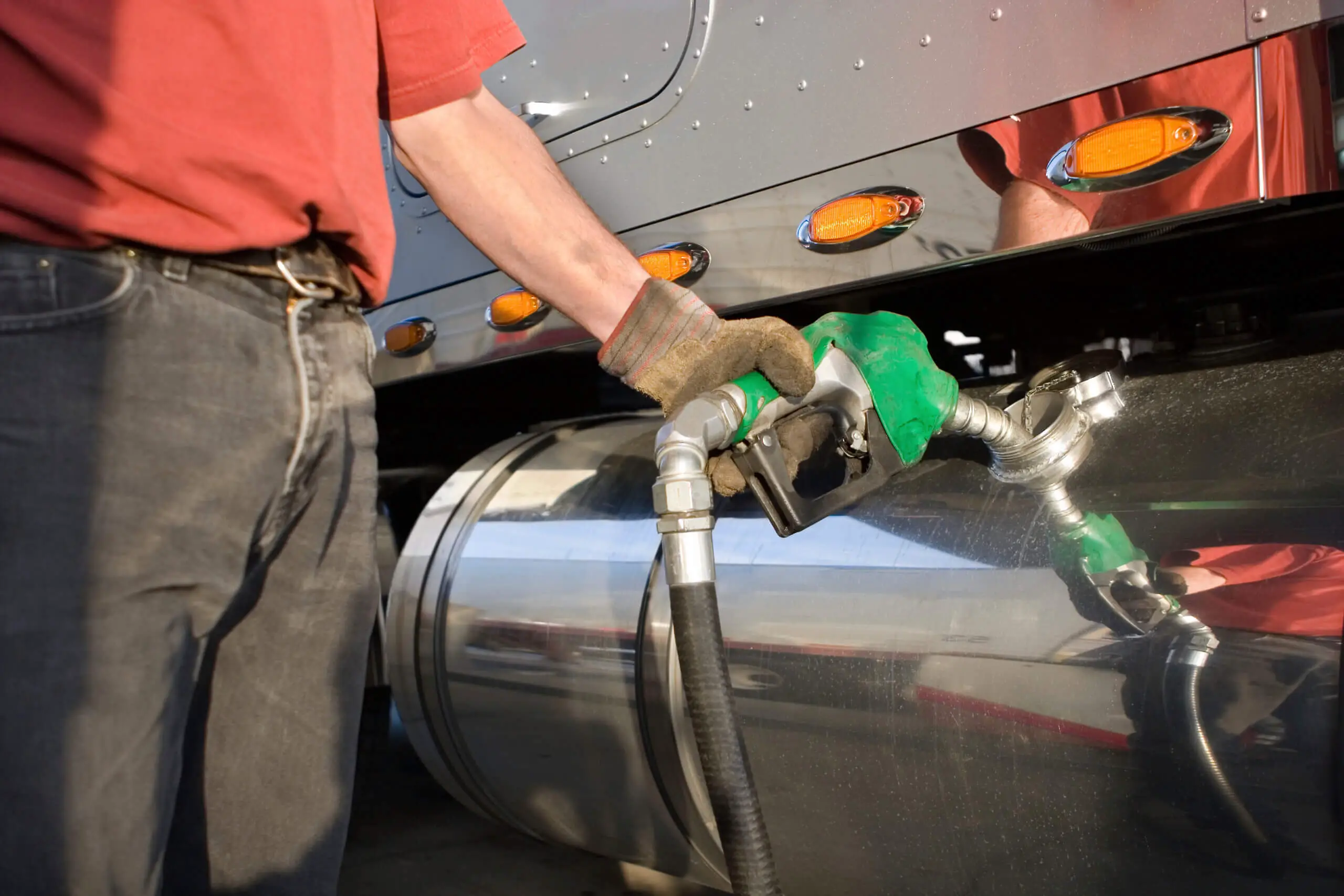One of the most important things you need to know as a truck driver or an owner-operator is your cost per mile.
Your cost per mile is how much it costs to run your trucking business for every single mile you drive. Calculating your cost per mile makes it easier to see if you’re making a profit or running your business aground.
This article shows you how to calculate your cost per mile as a trucker or an owner-operator. We also show you how to glean insightful pieces of information from your cost per mile that’ll help you make intelligent business decisions.
But first, here’s how you calculate your cost per mile:
1. Count Your Miles
The first step to calculating your cost per mile is to count your miles to find out how many miles you expect to drive.
Your odometer is the best source of this information. You subtract the beginning of the month reading on your odometer from the end of the month reading.
For instance, if your odometer read 4321 miles on the 1st of March and 12943 miles on the 31st of March, your mileage is
12943 miles - 4321 miles = 8622 miles.
The number of miles you have is the number of miles you drove in that month for both compensated miles and deadhead.

Trucks rely on old style and digital tachometers to see how many miles are driven on their semi trucks.
2. Add All Fixed Costs
Your fixed costs are those expenses you always have to pay, regardless of whether you drive 1 million miles or 20 miles. They are those expenses that never change.
Examples of fixed costs or fixed expenses are for a trucker are:
- Employee salaries (if you’re an owner-operator)
- Insurance premium
- Truck/Equipment loan payments
- Permit costs
- License plate fees
- Trucking software subscriptions
This list is not exhaustive. But we assume you already get the idea. A tip to help you categorize other exposes is that fixed costs are often charged on a monthly/annual basis.
To use these details in calculating your cost per mile, you need to figure out the monthly rate of each fixed cost. For instance, employee salaries are paid out monthly, so that’s your monthly rate for that fixed cost. But if you have an annual subscription for trucking software, you would have to divide that cost by 12 (the number of months in a year) to determine how much it costs you per month.
For instance, if that software subscription costs $1440 annually, your monthly cost for that expense will be
$1440 / 12 months = $120 per month.
And if you use more than one trucking software, you find the monthly cost of each software and sum them all up.
You do this for the rest of the fixed expenses until you have them all standardized to monthly costs. And after you do this, you find the sum of all monthly fixed expenses. You may have something like this:
Fixed Expense | Amount (Per Month) |
Employee Salary | $5000 |
Insurance Premiums | $940 |
Truck Loan Payment | $2000 |
Equipment Loan Payments | $500 |
Permits | $80 |
License plate | $150 |
Trucking software | $120 |
Total | $8790 |
Now that you know your fixed costs, there are some other expenses you need to factor into the calculation of your cost per mile as a trucker or an owner-operator. These expenses are your variable costs.
3. Sum All Variable Costs

Fuel is one of the highest variable costs that you will see as a truck driver.
Your variable costs are those expenses that are not defined. They fluctuate based on how far you drive, your activities on the road, and how often you drive. Common examples of variable costs for a trucker are:
- Fuel costs
- Meals
- Lodging
- Repairs and maintenance
- Broker fees
- Tolls
- Tires
- Loading and Unloading fees
You may have more variable expenses than those listed here. But a rule of thumb to know which of your costs are variable is to ask yourself, “do I know how much I’ll spend on this expense next month?” If your answer is no, it is most likely a variable cost.
After you find out how much it costs for each expense, sum them up. You’ll have something like this:
Variable Cost | Amount |
Fuel Costs | $1700 |
Meals/Lodging | $700 |
Repairs and Maintenance | $900 |
Broker fees | $1300 |
Tolls | $100 |
Tires | $500 |
Loading and Unloading fees | $200 |
Total | $5400 |
By now, you have everything you need to calculate your cost per mile. The last thing to do is just to crunch the final figures.
4. Calculate Your Cost Per Mile
This is where you add up your variable cost and fixed cost and divide them by your number of miles to find out how much your cost per mile is.
In our previous examples, the driver drove 8622 miles in March. They paid $5,400 for variable costs and $8790 for fixed costs. Their cost per mile will be:
$8790 + $54008622 miles = $1.65 per mile
Benefits of Calculating Your Cost Per Mile
Calculating your cost per mile is not just a ritual you perform because you are a trucker or an owner-operator. There are numerous benefits to calculating your cost per mile. Some are
1. Brings your expenses under scrutiny.
When you list all your costs and how much each is taking from you, you begin to know where your money is being put to good use and where you’re burning cash.
For instance, you may find out that you’ve been spending money on a software subscription service you’ve not been using. You may also notice you’ve been spending too much on meals.
These are the kinds of things your eyes are opened to when you’re calculating your cost per mile.
2. Helps you make better business decisions.
Better business decisions are also benefits of calculating your cost per mile.
For example, you plan your routes better after you find that you’re spending too much on fuel. That’s one wise decision.
You realize you’ve been spending a lot eating out during trips; then you revert to meal preps instead—smart business decision number two.
You finally cancel your subscription to that software you’ve not been using. Well done. You’re on the path to being the most intelligent truck driver yet.
3. Helps you know how much to charge customers.
Another benefit of calculating your cost per mile, which is the ultimate benefit for most truck drivers, is that it guides your negotiation decisions. You know how much you should charge and how much is too low.
For example, calculating your cost per mile helps you know the minimum you should make in the coming months to keep the business profitable.
Tips on Reducing Your cost per mile as a trucker or owner operator
Your cost per mile should never go up without any tangible reason. Instead, you should work on reducing your cost per mile because a low cost per mile means a low cost of running a business.
These are tips on how to reduce your cost per mile as a truck driver or an owner-operator:
1. Optimize your routes to save fuel costs.
While fuel costs may be hard to reduce, there are things you can do to bring the costs lower effectively. One such thing is to optimize your routes. Find the best possible route to your destination and stick to it.
Another way to reduce fuel costs as a truck driver is to practice efficient driving.
2. Choose meal preps over eating out.
Eating out can accumulate massive amounts. Instead, you can resort to making meal preps. Meal preps are often cheaper and help you make sure you’re eating healthy.
3. Reduce dependence on load boards and freight brokers.
While load boards and freight brokers are great ways to secure loads, reducing your dependence on them can help you save costs in the long run.
How do you do this? By building relationships with shippers.
When you have a good relationship with direct shippers, they come to you directly to transport their loads instead of going to freight brokers or load boards.
Conclusion
Calculating your cost per mile is one of the many critical steps to building a profitable trucking business, and it isn’t even hard to do. You only need to calculate your total expenses and divide that by the total number of miles.
In the process of calculating your cost per mile, you also discover details that would be otherwise hidden from you, such as how you’re spending too much on some expenses. And when you uncover these details, you can make better and wiser business decisions.

Comments are closed.